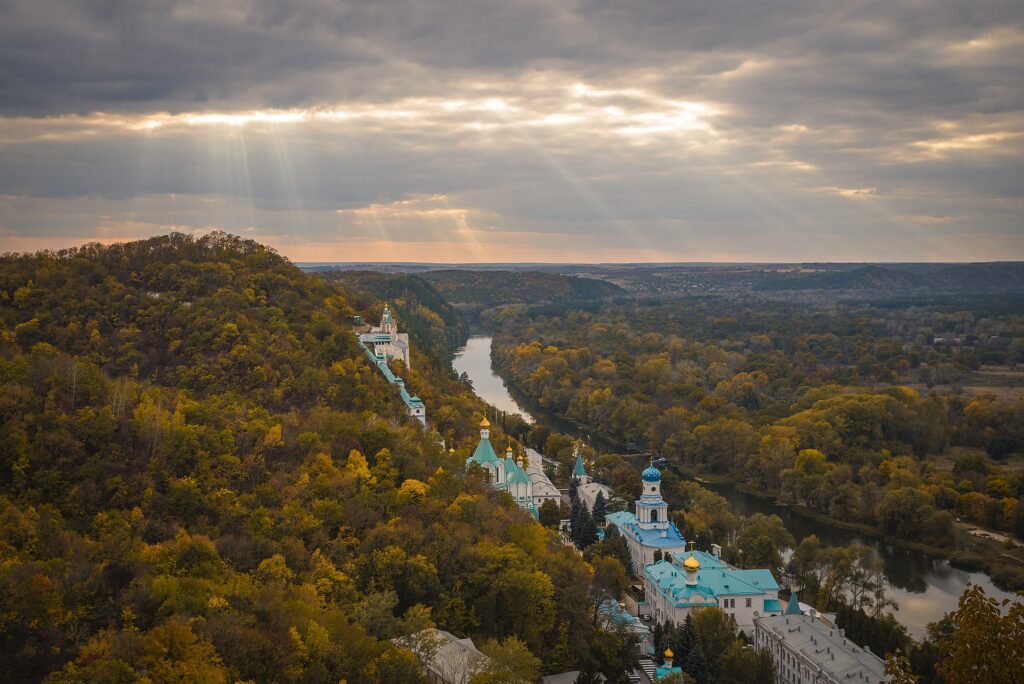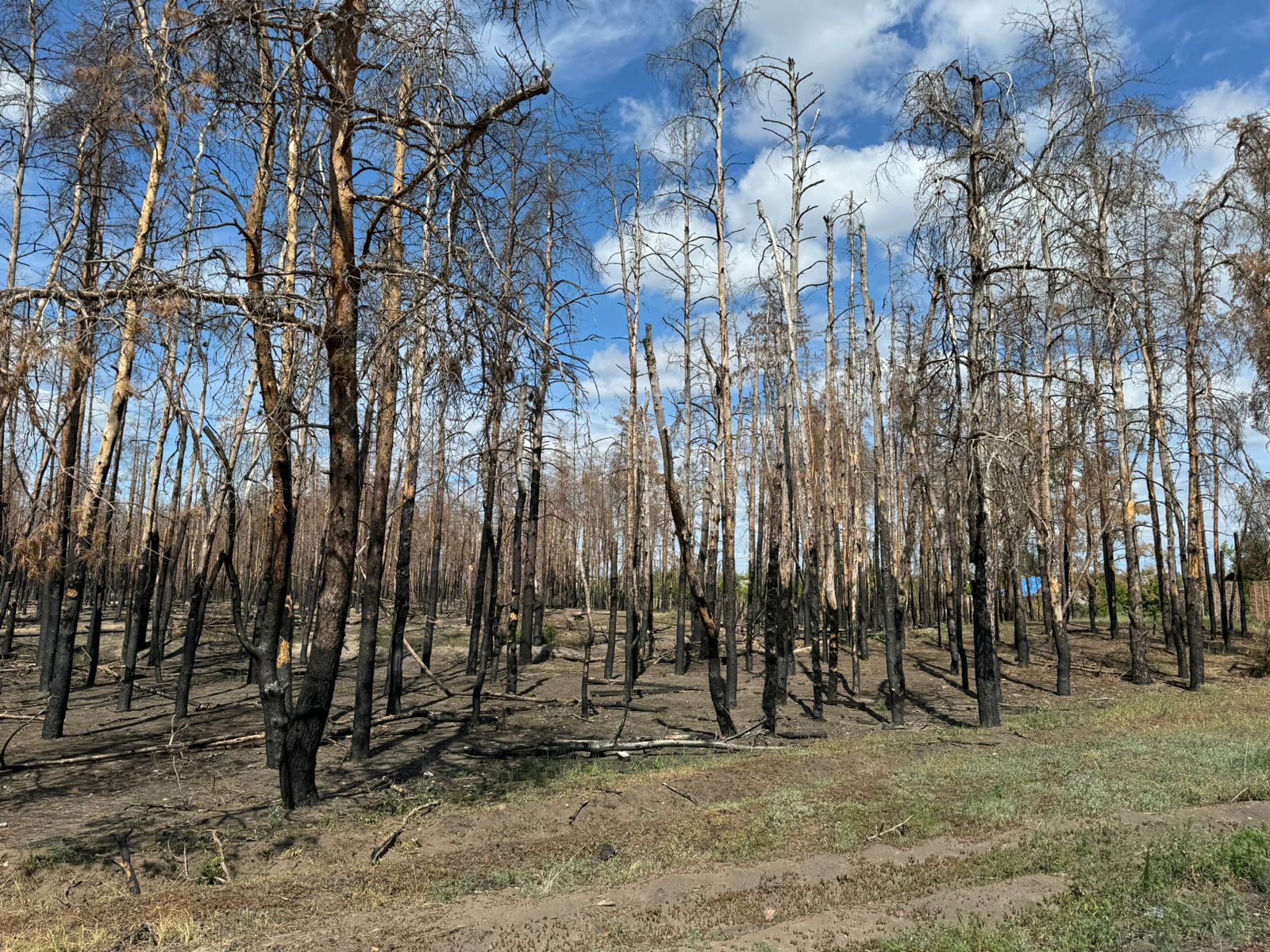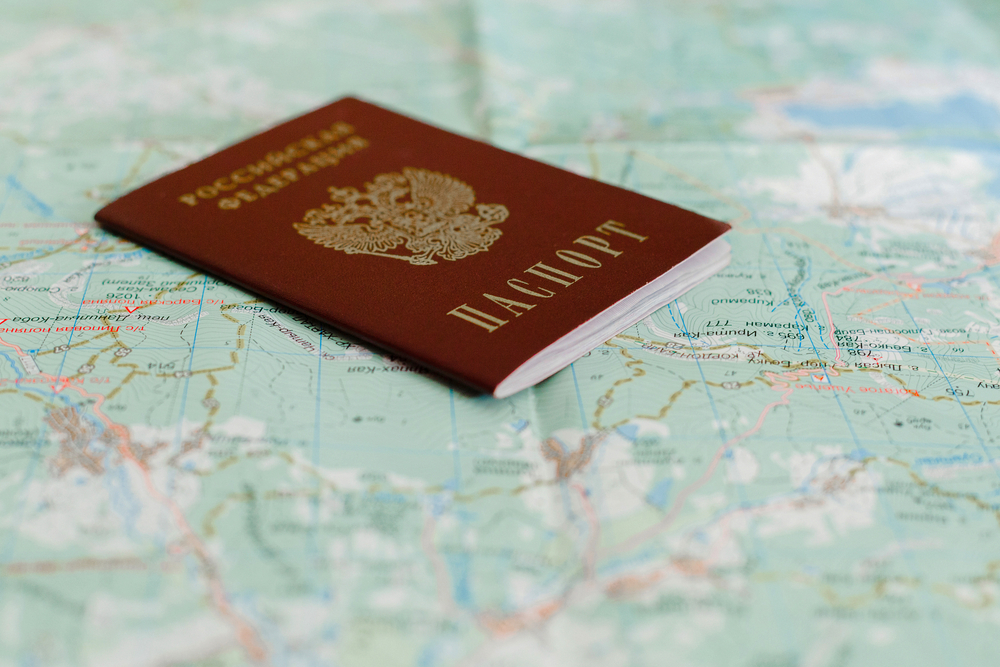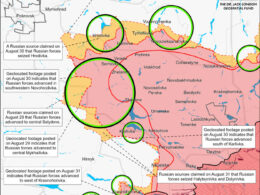The "Sviati Hory" (Holy Mountains) National Park in Ukraine's Donetsk Oblast suffered catastrophic environmental damage due to Russia's full-scale invasion, according to the Ministry of Environmental Protection and Natural Resources of Ukraine.
The park was under Russian occupation from March to September 2022 and continues to face constant shelling, resulting in numerous fires.
The Ministry of Environmental Protection and Natural Resources of Ukraine reports that an estimated 80% of the park's forest plantations were destroyed, and preliminary damage assessments reached approximately 16 billion hryvnias ($388 million).
"About 9,500 hectares of forest in the 'Svyati Hory' National Park have been burned by the fires of war. 10,000 hectares need inspection and clearance of explosive objects,” said Deputy Minister Olena Kramarenko after she led a working visit to the park to develop a restoration plan.
Kramarenko emphasized that demining is the top priority for restoration efforts. Conservation staff have already cleared about 100 kilometers (62 miles) of forest roads and approaches to fire reservoirs, facilitating fire prevention and containment.
However, the scale of the damage and ongoing security risks pose significant obstacles to complete restoration.
About Sviati Hory National Park
Located in the Kramatorsk and Bakhmut districts of Donetsk Oblast, the park is home to unique chalk mountains and rare plant species, including the pre-glacial chalk pine, which is protected under the Berne Convention for their unique ecological value.

The area boasts 943 plant species, 48 of which are listed in Ukraine's Red Book of endangered species. Additionally, it hosts 256 animal species, with 50 classified as endangered.
This loss is part of a broader environmental catastrophe affecting Ukraine's natural reserves, with over 20% of protected areas across the country being damaged due to the war.
Russian crimes on Ukraine's ecology
Russian Defense Minister Shoigu reportedly obtained Putin's approval to unrestricted forest logging in occupied Ukrainian territories, ostensibly for military use, such as building fortifications, and profit, according to Ukrainian intelligence.
In Kharkiv Oblast, eastern Ukraine, an estimated 40-45% of forest areas are either mined or damaged by fires.
Southern Kherson Oblast, one of Ukraine's least forested oblasts at 5% coverage, suffered extensive forest damage during the 2022 Russian occupation due to fires, shelling, and logging.
The 2023 Kakhovka dam explosion further impacted Kherson's forests, flooding nearly 55,000 hectares on the Dnieper's left bank.
Related:
- Russia destroys over 60,000 hectares of Ukrainian forests worth over $ 360 mn – investigation
- Ukraine’s losses from Russia’s destruction of Kakhovka dam surpass $11 billion
- Zelenskyy meets Greta Thunberg in Kyiv to address the war’s effect on ecology
- Internal Ministry: Kakhovka power plant beyond repair after Russia destroyed its dam in June
- Russia’s destruction of Kakhovka dam: five blows to economy, environment of world and Ukraine





